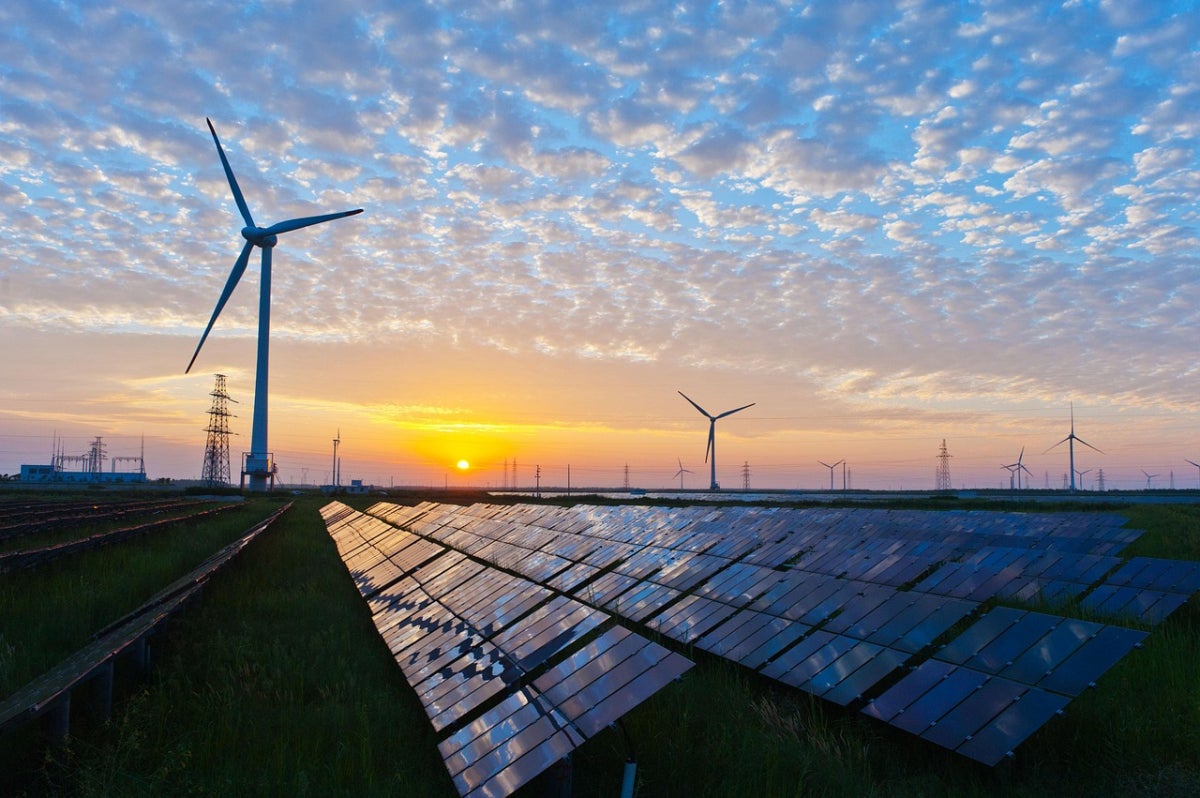You’ve heard about white-collar and blue-collar workers but what about green-collar?
Green-collared workers develop sustainable energy and focus highly on environmental conservation. Each job included in the industry, however, takes on very different tasks. From waste management officers and biological engineers to the tradespeople working on solar, wind and other alternative energy sources, professionals around the globe are working toward a “green” lifestyle.
In fact, the global renewable energy sector increased by 1.1% people in 2016 compared to 2015 … that’s 9.8 million people that had jobs because of renewable energy! The industry is expected to continue growing along with the demand for renewable energy sources, which means more jobs and increased tech-development.
So, what role do tradespeople play in supporting sustainability? Let’s take a look…

Hydropower Waves in Energy
Even though the number of jobs has not increased, hydropower remains the largest renewable energy technology in regards to installation capacity. Hydropower harnesses the energy created from moving water, such as rain or melted snow running down streams from the tops of mountains. The first hydroelectric power plant was built in 1879, so, while things have changed since then, it’s not all new technology. As you would expect, tradespeople are needed to keep generators running smoothly and to bring the energy from the power plants to our communities.
Solar Panels Provide Power
Energy from the sun has been manipulated in a variety of ways for thousands of years, including lighting fires to heat food and sunrooms for capturing heat indoors. But powering entire homes? Now, that’s a newer trend. Demand for these technologies has surged and more and more people are turning to solar energy as a sustainable solution. Without the tradespeople on the job installing panels, wiring electrical grids and applying comprehensive knowledge of energy, none of this would be possible.
Turn on the Wind Turbines
Wind turbines don’t just offer small-scale solutions for homeowners. Around the world, thousands of giant, utility-scale wind farms generate electricity for homes, businesses and communities, with development expected to grow in the coming years. In 2013, the first offshore wind turbine was developed in the U.S. Advanced technology continues to provide new solutions regarding sustainability. The wind industry alone is expected to create thousands of new electrical jobs.
Combined, the solar and wind industries have more than doubled since 2012. As these sectors continue to grow, more tradespeople are developing the skills to work on high-tech installations in both residential and commercial areas. This includes installing and repairing energy efficient appliances, lights, temperature controls and so much more.
Women in the trades also impact sustainability, representing an average of 35 percent of renewable energy companies’ workforces. Despite being under-represented in the trades overall, women hold a greater share within renewables than the traditional energy industry.
When relying heavily on environmental factors, working in renewable energy isn’t always a breeze. Fortunately, tradespeople take on these crucial jobs, implementing new standards for sustainable energy. Don’t forget, you can make some changes at home to decrease your own energy consumption too. With sustainability not only supported by industries but individuals as well, the future of our environment looks a little brighter.
Have you worked on any “green-collar” jobsites? Share your experiences with us on social media!
